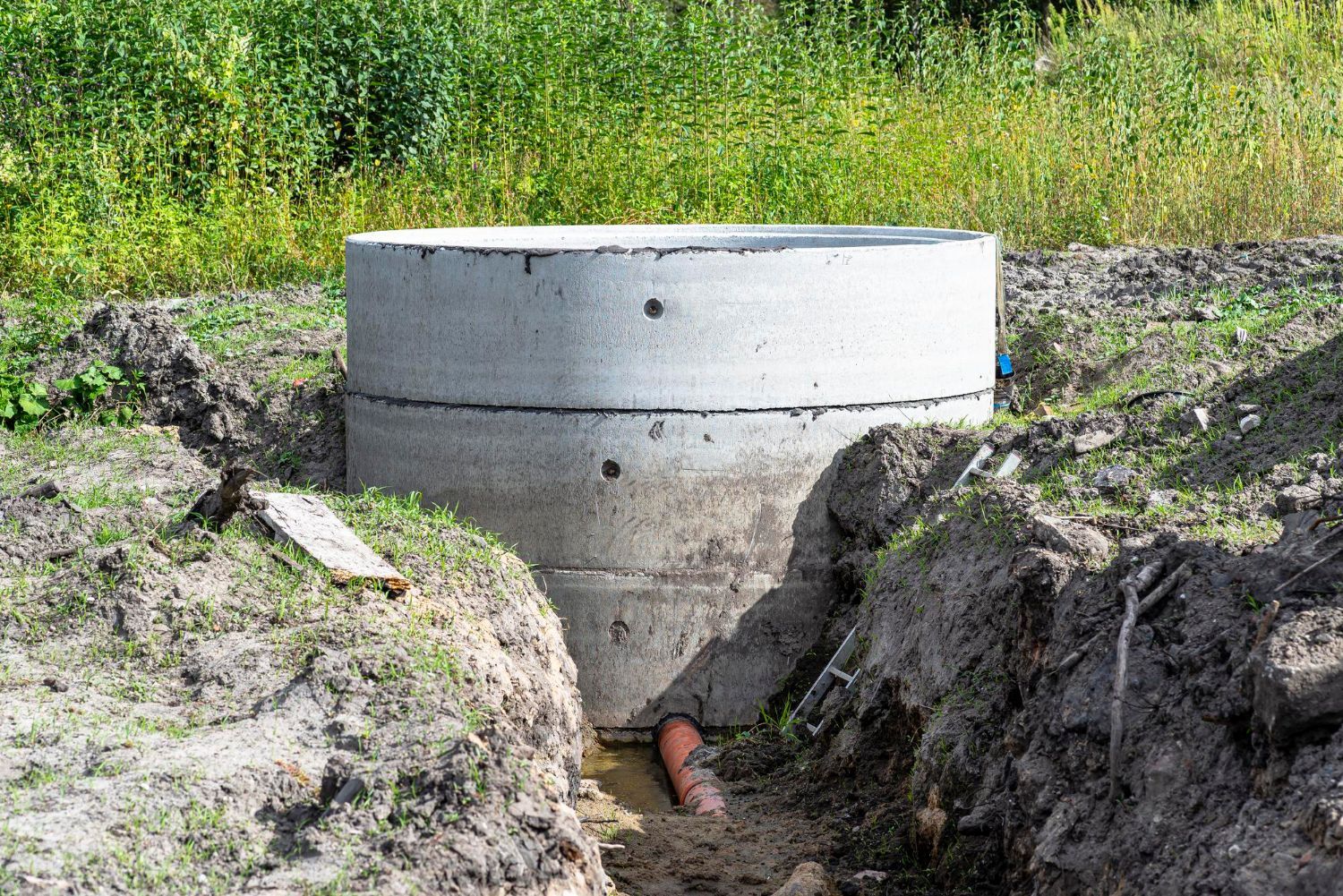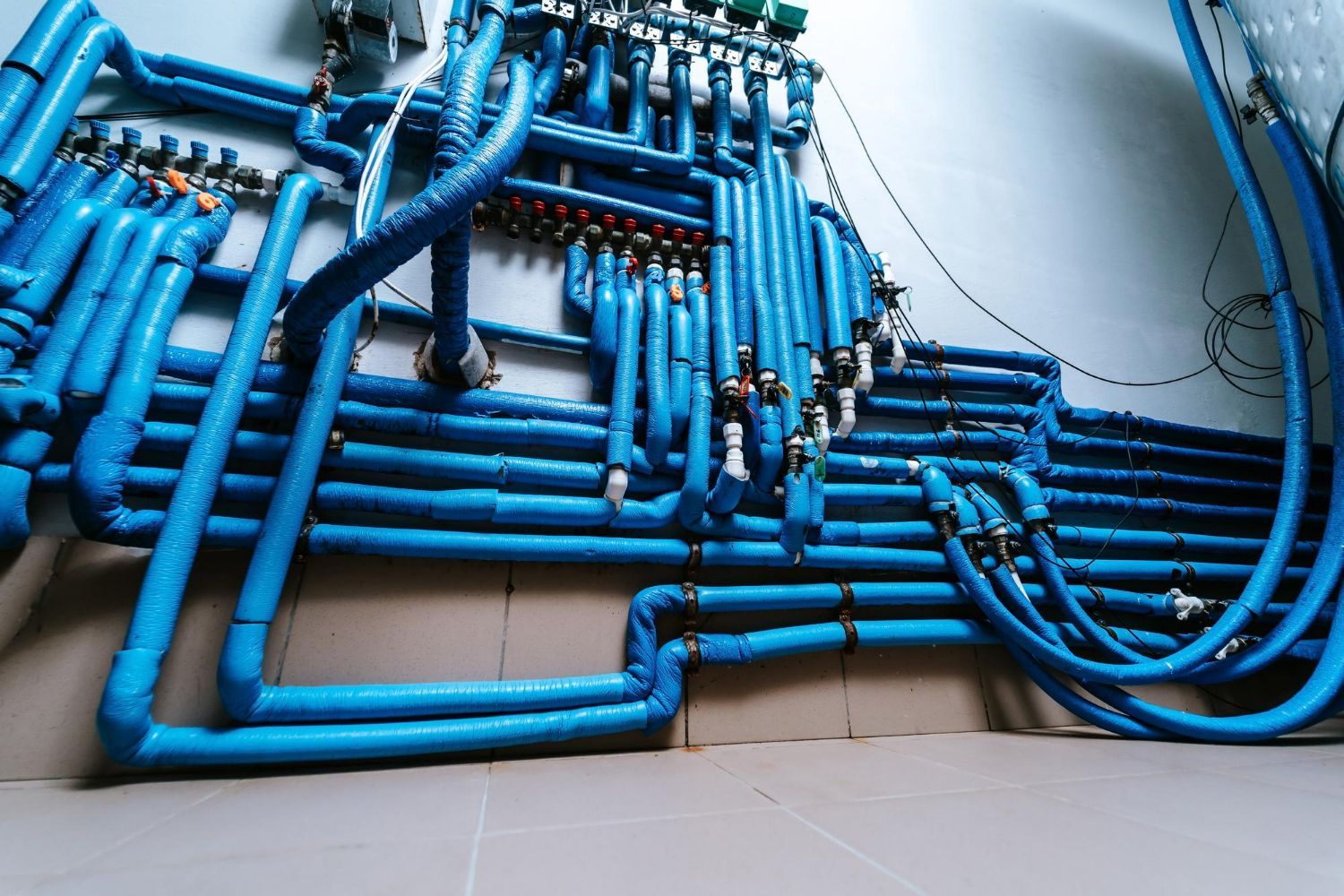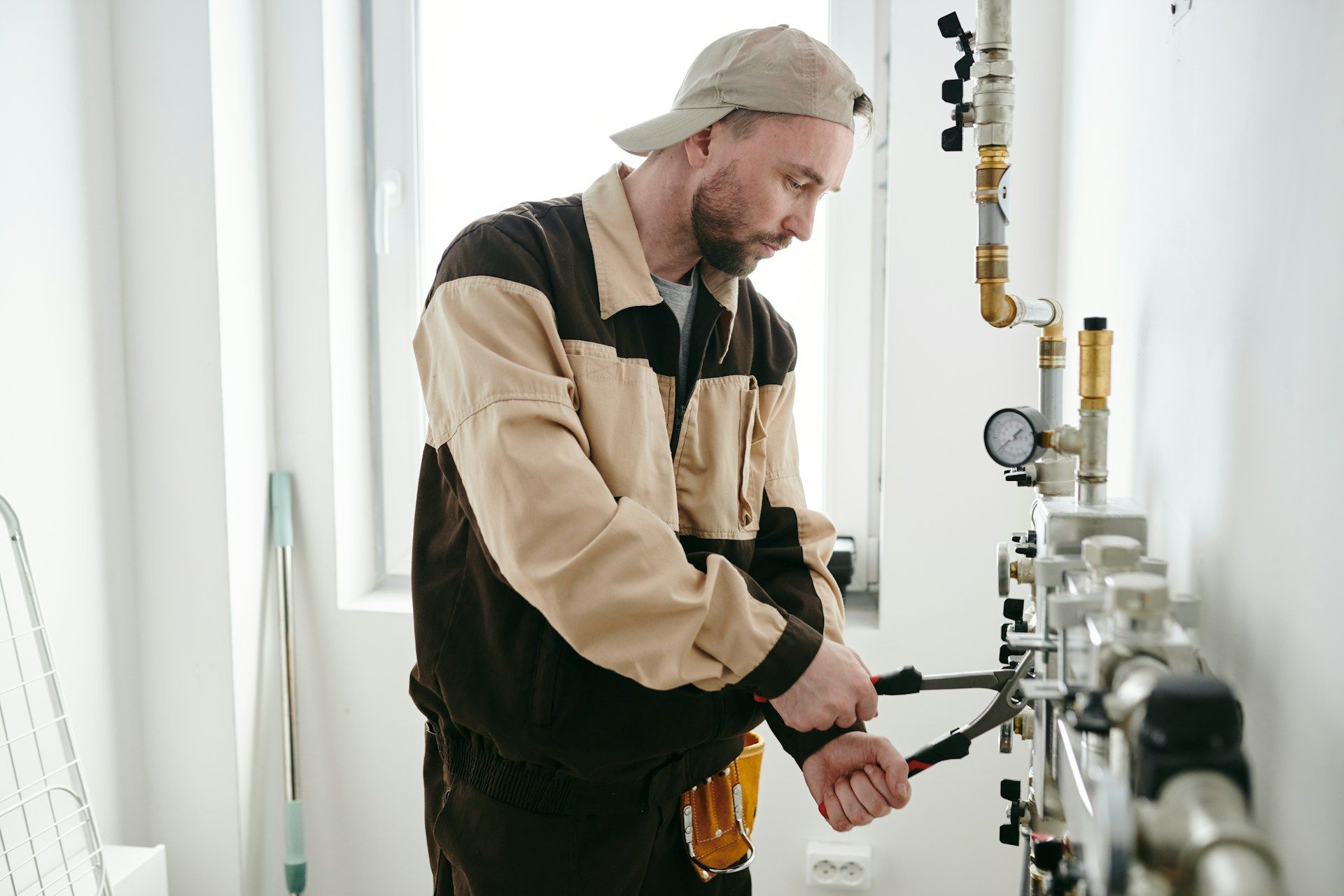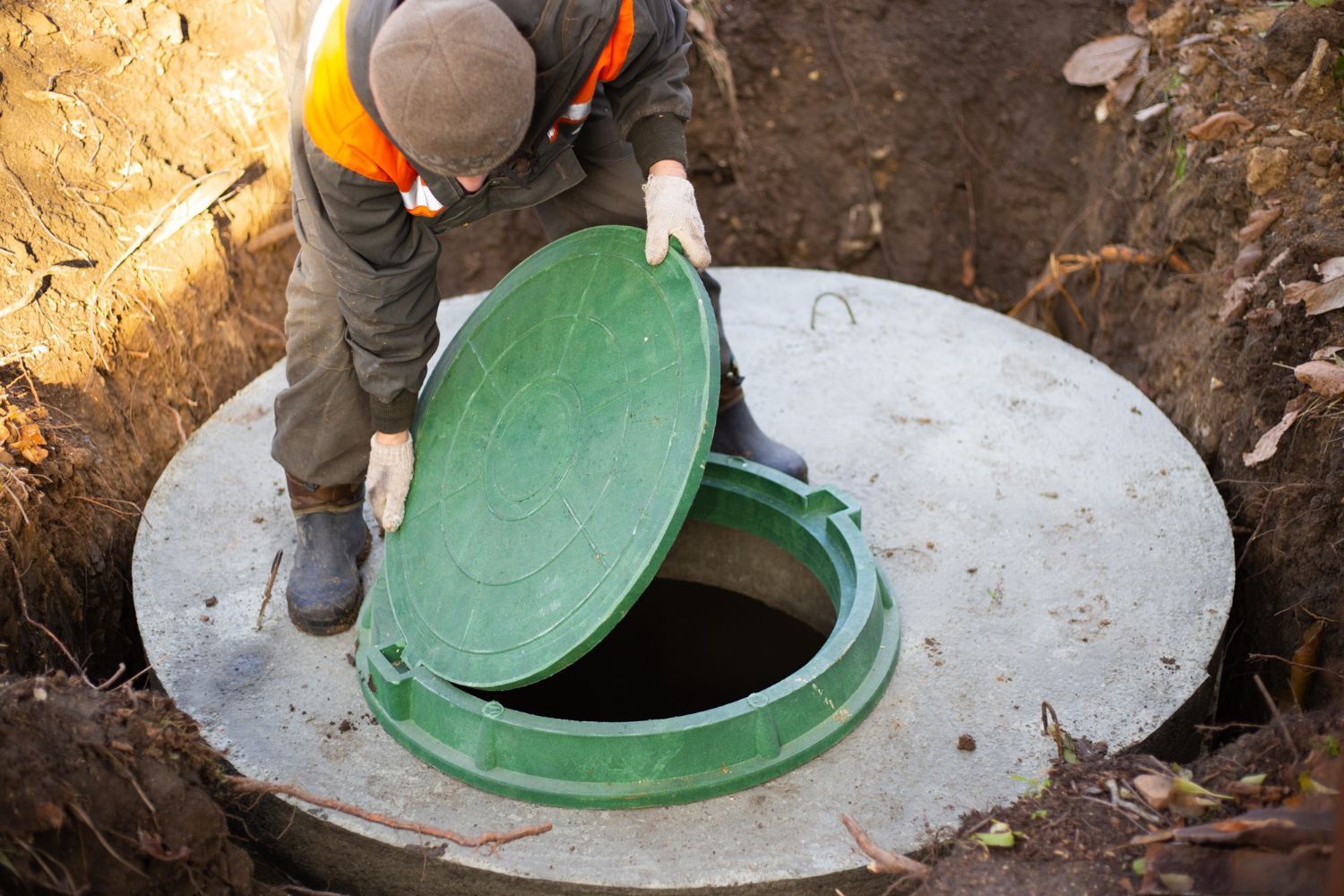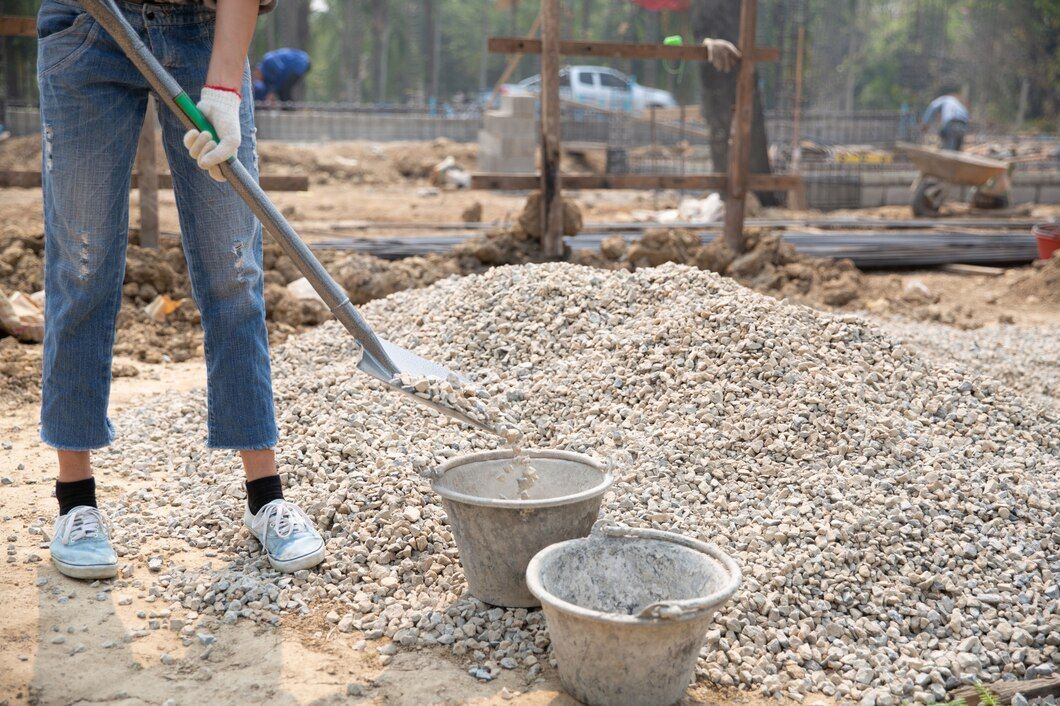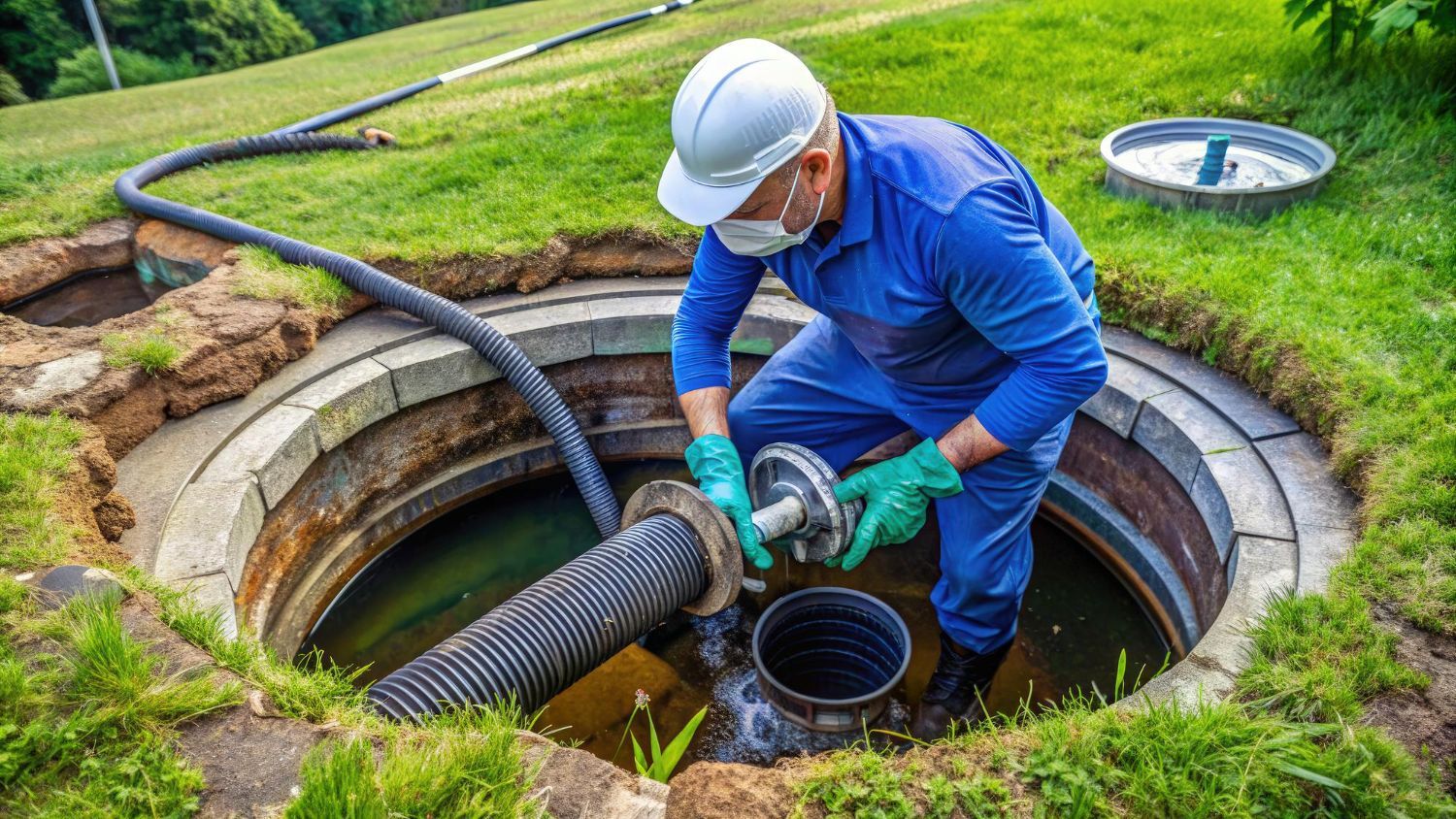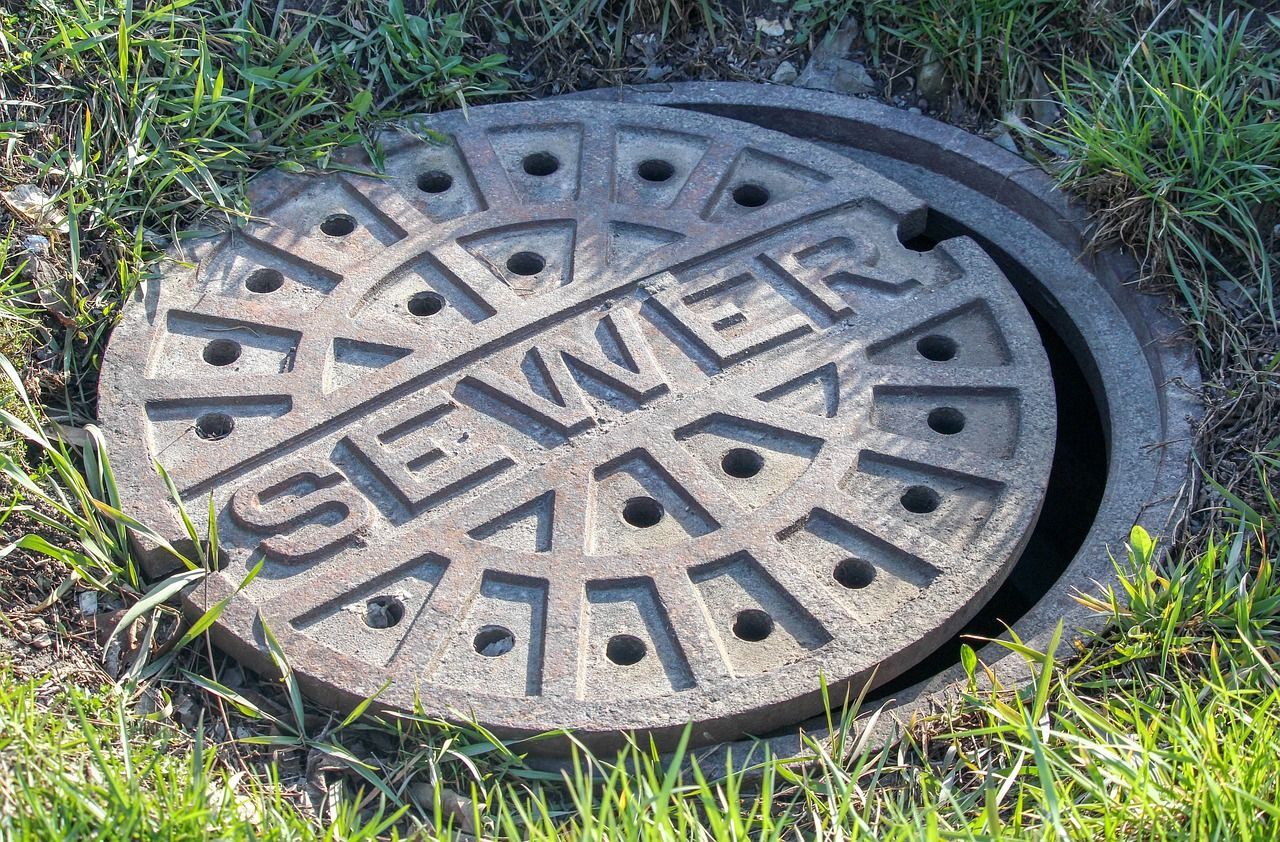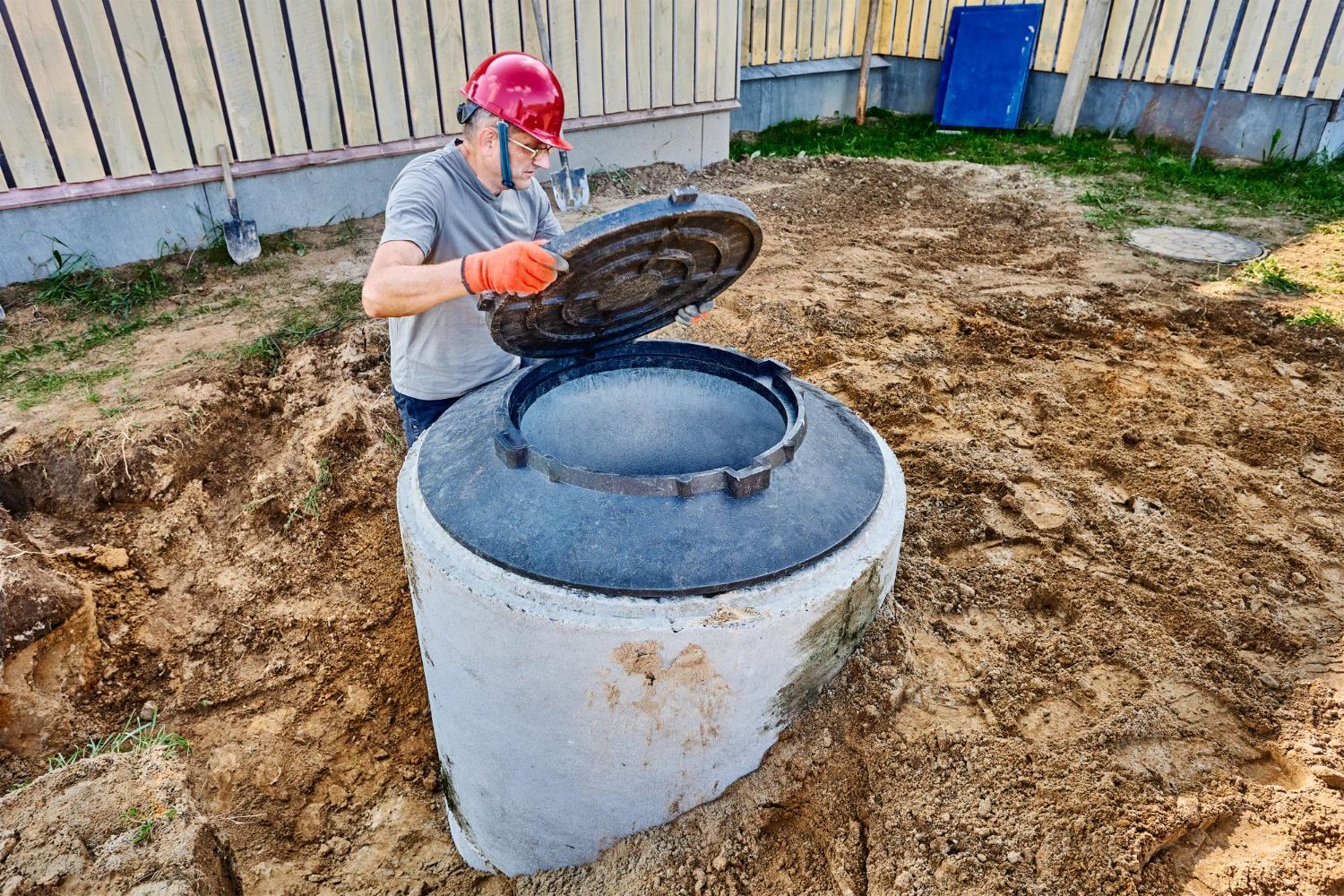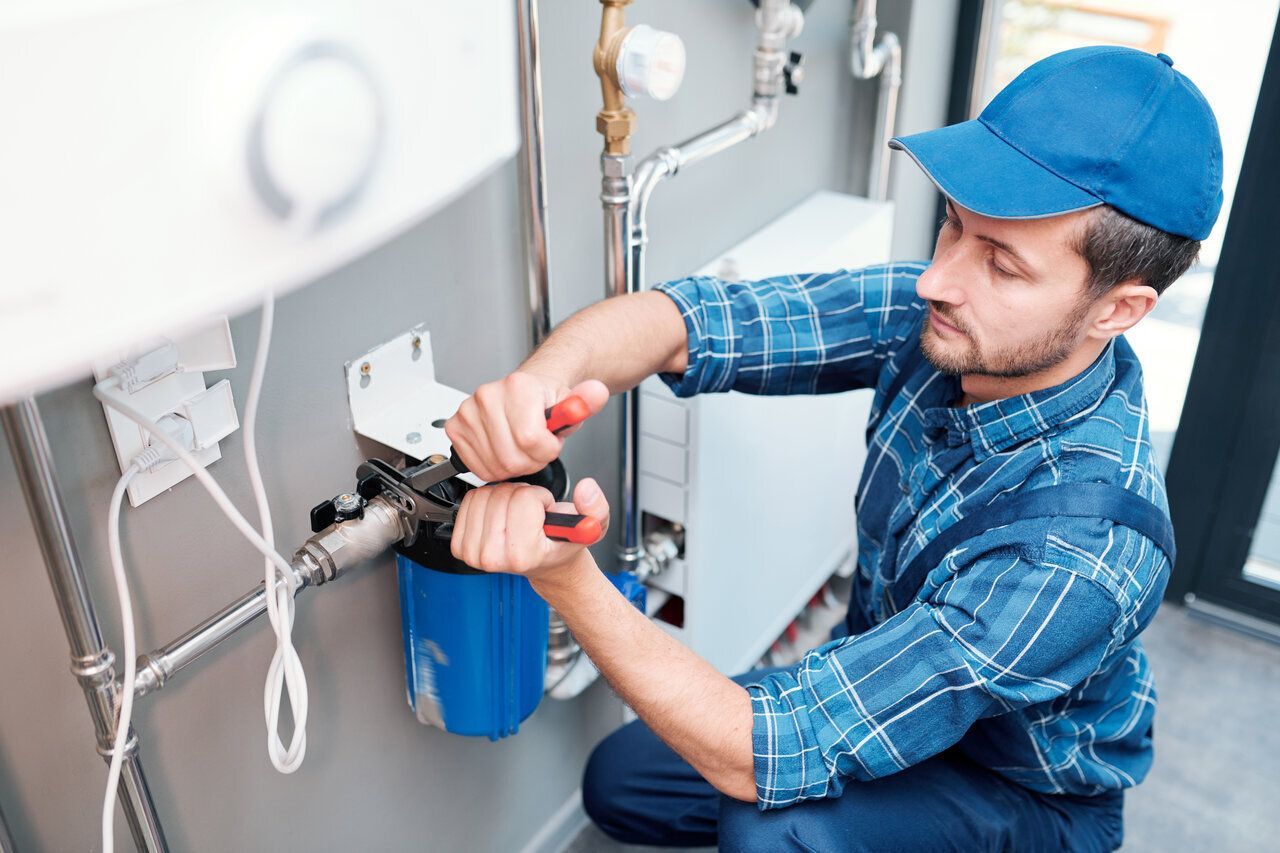Sump Pumps 101: Understanding Types, Installation, and Maintenance for a Dry Basement
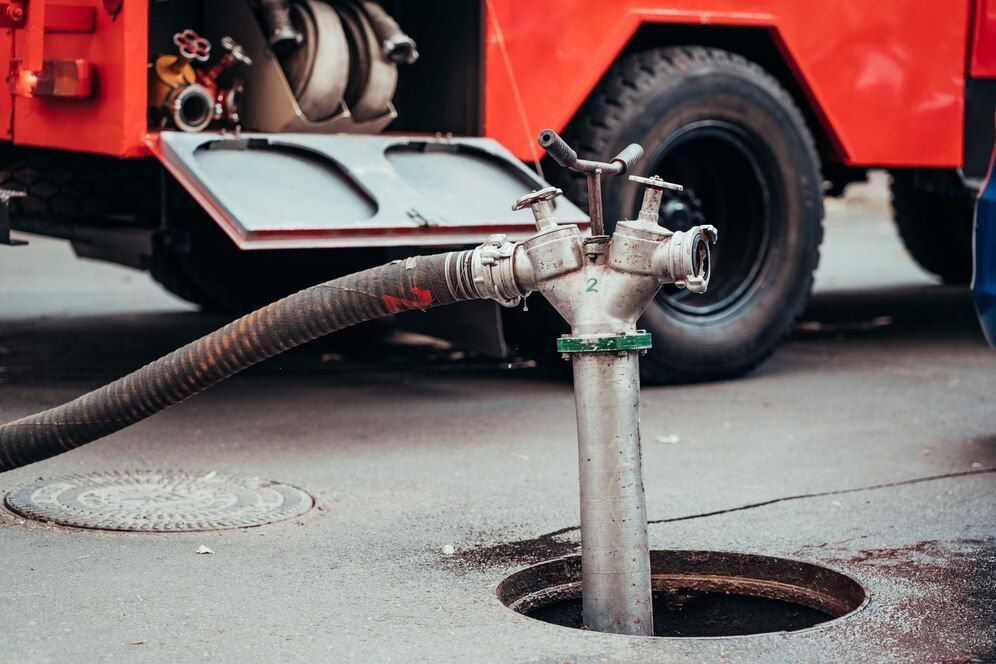
Water damage, mold growth, and structural issues are just a few of the potential consequences of a wet basement. As a property owner, it's vital to implement effective solutions to keep your basement dry and safeguard your home or business against these issues.
One such indispensable tool in this endeavor is the sump pump – a device designed to remove excess water from your basement, preventing potential damage and providing you with peace of mind. Understanding the basics of sump pumps, their types, installation, and maintenance, can help you make informed decisions about protecting your property against water-related problems.
In this comprehensive guide, we will dive into the world of sump pumps, exploring their purpose and how they work. We will also discuss different types of sump pumps available, their specific applications, and essential factors to consider when choosing the right pump for your property. Moreover, we will cover the installation process and highlight the importance of routine maintenance to ensure your sump pump functions optimally for years to come.
Types of Sump Pumps: Choosing the Right Pump for Your Property
There are several types of sump pumps available, each designed to address specific needs and property types. Understanding the differences between these sump pump options will help you select the right model for your home or business. The two primary types of sump pumps are:
1. Pedestal Sump Pumps
Pedestal sump pumps have a motor mounted on a long column above the sump basin, keeping the motor out of the water. This design makes them easier to access for maintenance and typically results in a longer lifespan. However, they can be louder and less powerful than other options, making them better suited for smaller or less water-prone basements.
2. Submersible Sump Pumps
Submersible sump pumps, as the name suggests, are designed to be submerged in the sump basin. These pumps are often more powerful and efficient than pedestal pumps, making them an excellent option for properties prone to greater water accumulation. The pump's submerged design also allows for quieter operation, but maintenance and services will require more effort due to the pump's location.
Ultimately, the choice between pedestal and submersible sump pumps will depend on your property's specific needs, available space, and expected water volume.
Sump Pump Installation: Key Steps and Considerations
Proper sump pump installation is crucial for optimal performance and the protection of your property. While installation may vary depending on the specific sump pump model, the following general steps outline the process:
1. Locate the Ideal Installation Location
Identify the lowest point of your basement or crawlspace, as this will typically be where water naturally accumulates. This location should also provide adequate space for the pump, basin, and discharge pipe, as well as easy access to a power source.
2. Install the Sump Basin
Dig a hole in the floor large enough to accommodate the sump basin, following the manufacturer's sizing recommendations. Ensure the basin is level and resting on a solid foundation to prevent the potential for shifts or settling.
3. Set Up the Sump Pump
Following the manufacturer's instructions, install your chosen sump pump within the basin. Ensure the discharge pipe is secure and appropriately sized for your specific pump model.
4. Connect the Discharge Pipe
Route the discharge pipe from the sump pump to the exterior of your property, ensuring a downward slope to encourage proper water flow. It's essential to direct the discharge away from your property's foundation and toward a suitable drainage area.
5. Power the Pump
Connect the sump pump to a reliable power source, typically a GFCI outlet. Installing a battery backup system is highly recommended to ensure continuous operation during power outages.
Sump Pump Maintenance: Essential Tips for a Healthy Plumbing System
Routine maintenance of your sump pump can help extend its lifespan, ensure efficient operation, and protect your property from potential water damage. The following maintenance tips can be carried out regularly:
1. Inspect the Sump Basin
Regularly check the sump basin for debris, such as leaves or dirt, that could interfere with the pump's operation. Clean out any obstructions to prevent clogs and ensure optimal water flow.
2. Test the Pump's Operation
Periodically test the pump's operation by pouring a bucket of water into the sump basin and observing the pump in action. This simple test helps confirm that the pump is functioning correctly and can respond to water accumulation as needed.
3. Clean the Pump and Check Valve
Over time, the sump pump and check valve can accumulate dirt and debris. Regular cleaning and inspection can help maintain the efficiency and integrity of these crucial components.
4. Schedule Routine Professional Inspections
Annual inspections by a qualified plumbing professional can identify potential issues and address maintenance requirements, ensuring the ongoing health and efficiency of your sump pump system.
A Proactive Approach to a Dry Basement
Installing and maintaining an appropriate sump pump system is a proven, practical, and essential solution for protecting your property from water damage and maintaining a dry basement. By understanding the different types of sump pumps, ensuring proper installation, and adhering to routine maintenance practices, you can contribute to a healthy and efficient plumbing system within your home or commercial property.
At Apollo Sewer & Plumbing, our expert team offers specialized plumbing and sewer-related services, including sump pump installation and maintenance, to residents and businesses in Keyport, NJ, and the surrounding areas. We're dedicated to providing exceptional service, timely solutions, and affordable rates to ensure your property remains protected from water damage.
Contact us today to learn more about our
24-hour plumber services and how we can help you maintain a dry, functional, and safe basement!

